The term "dichroic" may be interpreted from Grecian as "two-colored" and in respect to the dyes sounds at least contradictory. Indeed how a dye can be simulteneously black and white or pink and yellow ?
Historically the phenomena of "dichroism" (two-coloring) was discovered on natural transparent gems (Alexandrite, for example), which appeared two colored from different points (angles) of view. It was described the observation of even three colors (pleochroism) on some synthetic crystals possessing with lower degree of symmetry.
The general cause of dichroism is anisotropy (non-uniformity) of the media containing the coloring sources - some atoms (ions) or molecules.
Liquid crystals (LC) is a fruitfull media for some sort of dyes to show their dichroism. However it will be usefull to remember that all applications of liquid crystals are available due to the development of means for artificial alignement of LC molecules either in parallel (horisontally, homogeneously) or in perpendicular (vertically, homeothropically) in respect to the flat transparent surface (glass). It is possible to say so because the corresponding molecules have clearly expressed elongated shape (stick-like).
The ability of some dyes to show a change of their hue in the oriented liquid crystals (between two parallel pieces of glass) either at different point of view or by applying some voltage (through the pair of transparent electrodes) was discovered by Heilmeier and Zanoni at R.C.A. laboratories (U.S.A.) in 1968 [1].
That first dye was Methyl Red  (it must be noticed that the Methyl Red produced very little dichroism - as I assured in my own experiments - and we
should be notably grateful to the sharp observation of Heilmeier and Zanoni who did not miss
the effect, which they had called "guest-host" effect:dye molecules were guest in the anisothropic liquid crystal host media).
(it must be noticed that the Methyl Red produced very little dichroism - as I assured in my own experiments - and we
should be notably grateful to the sharp observation of Heilmeier and Zanoni who did not miss
the effect, which they had called "guest-host" effect:dye molecules were guest in the anisothropic liquid crystal host media).
AVAILABLE DICHROIC DYES
The following dichroic dyes have been selected for their superior
properties you might purchase (#10 however is a so-called
"black mixture" currently available from alternative source and
presented for comparison purpose; one can noted that "clear" state
in #10 definitely better than for presented dyes, while
the "dark" state is about the same. This is because in #10 cell
the vertically alligned orientation film was applied in differ of
the rest of dyes; and the "dark" state was caused by application of
voltage, while for others LC-cells the only cells' rotation toward
light polarization was applied) :
Section for Buyers of "know-how".
We would like to stress here on the one old problem - namely dimming mirrors for automotive application.
For quotation/requests/purchases
E-mail us by clicking
here.
RESCUE TECHNOLOGIES
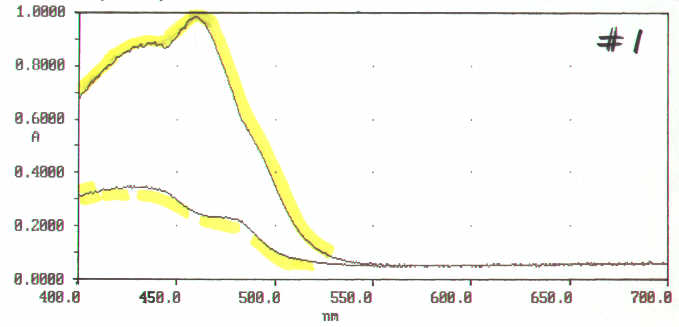
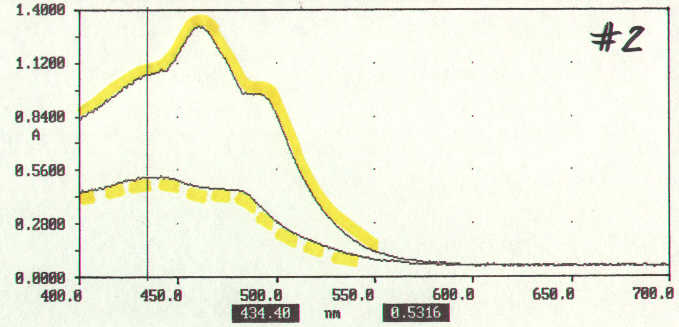
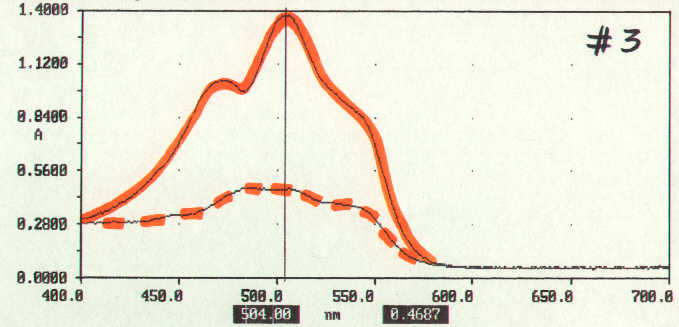
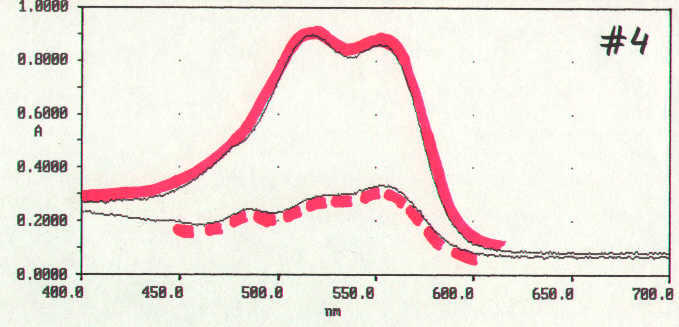
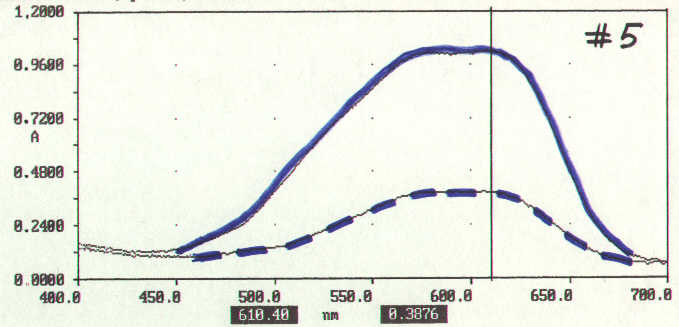
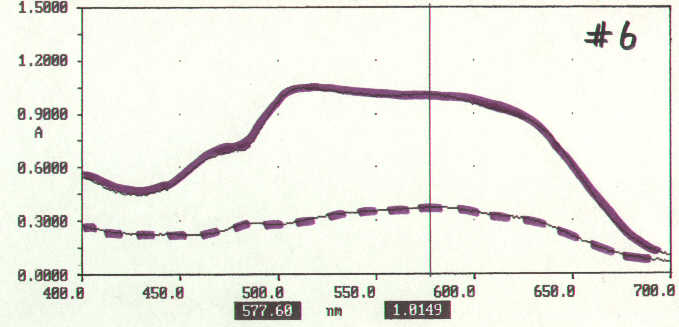
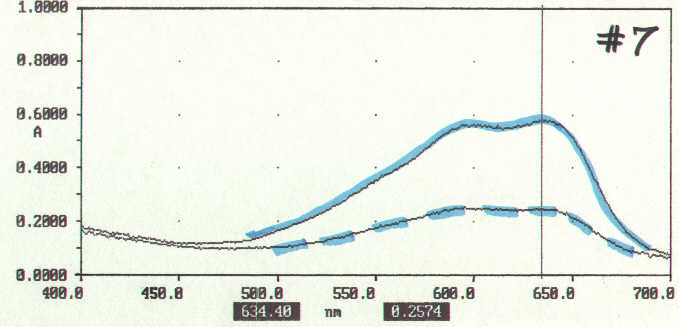

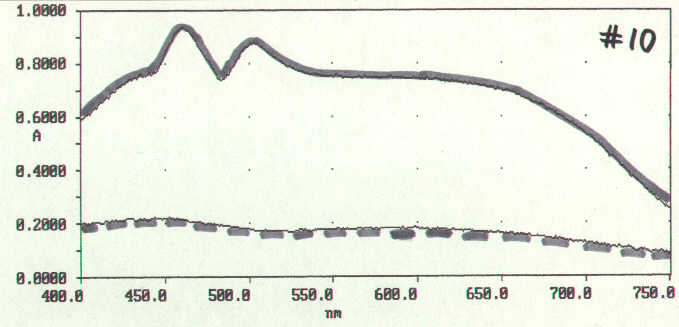
Untill 1996 there was a niche for LCD's here: a cholesteric dichroic mixture provided attenuation in "Off" state (no voltage applied) and
made rear view mirrors bright in "On" state (about 15-20 Volts were applied).
After introducing of legislation required that rear view mirrors must be bright in "Off" state the LCD's approach was failed.
Only the elctro-chromic mirrors are on the market now in some luxury cars.
There were never lack of researches, articles or patents on the subject
but another legislation requirement - at least 70% reflectance in "Off"
state - made all LCD's approaches to be failed because of necessity of using at least one sheet of polarizer having transmittance only 40% about in one direction ...
Here is the answer on the question : "Why there is no LCD-type dimming mirror on the market ?"
We claim that our group possesses with "know-how" to make LCD approach to be applicable for the rear view mirrors - a big spot on the automotive market and possibly for alfa-numerical displays providing them a quite distinctive bright appearance.
The details' disclosure is available for those who will be able to arrange viable contract (some demos however are available under non-disclosure agreement).
The main advantages of the LCDs approach over the electro-chromic one are:
- much lower power consumption, which is typical for all LCDs don't required of lighting and which promises the wireless mirror in differ of the electro-chromic one;
- possible lower cost and zero capital investments - some current plants surplusing information display (lap-top) market might be just successfully re-oriented.
Name and Location:
St Paul, MN, USA
Phone and FAX (651)699-6214